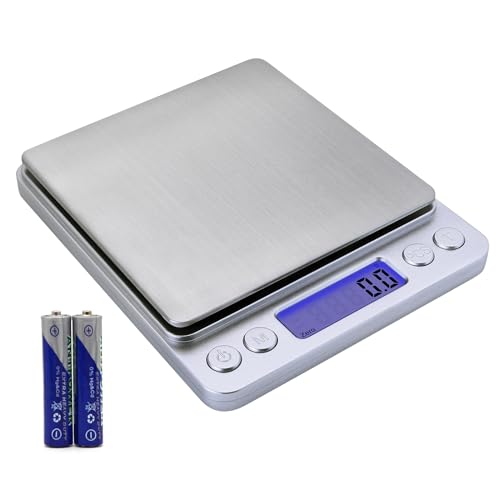I start with a 5-Gallon HDPE bucket that I picked up from my local supplier for $10.00USD. It has a pour spout in the lid but I don't use it.
I usually mix up about 40 lbs of oils/butter though the bucket would easily hold 50 lbs to 60 lbs...it's all about what I can comfortably move by myself (I plan on getting a rolling plant stand later).
Anyhoo...I melt/mix in 10 lbs of oil/butters lots because that is a much hot oils/butters I want to handle at a time. I use a Revere Ware stainless steel "dutch over" to melt my Cocoa Butter, Palm Oil, Coconut Oil and Shea Butter. I set the pan on a medium heat, start with the Cocoa Butter, then add the Palm and Coconut Oils. I then turn off the heat and add the Shea Butter in small chunks. By the time it's all melted, I have added the Olive and Castor Oils to the bucket and can pour in the melted oils and give it a stir and start the next batch melting. One final stir and the lid goes on.
When I'm ready to make soap, I open the bucket and grab my drill with a commercial paint stirrer attachment that I paid maybe $5.00 and give the mixture a good whiz. How good is dependent on the time of year. During the Winter, the mixture is about the consistency of cornbread batter, during the Summer it's more of a pancake batter. I make sure I stir all around the edges and the bottom of the bucket because Stearic Acid settles to the bottom.
I have a long handled ladle that holds approximately 4 oz. I have a spreadsheet on my wall that tells me how much oil/butter, lye solution and FO I need for each mold. So if I am using my 10" Silicone Loaf Mold, I know that I need 34 oz Oils/Butters, 14.24 oz Lye Solution (ready-to-use at 33%) and 2.13oz FO. I start with weighing out my FO since I use Kaolin Clay and disperse any colorants if needed. I then stir up the mixture, tare my bowl, scoop in four ladles, then weigh my bowl and adjust from there. I then pop it in the microwave at 30 seconds PPO which puts my Oils/Butters between 100F-120F. While the Oils/Butters are melting I weigh out my Lye Solution which is usually around 70F-75F (room temp) and add Sodium Lactate. I like to soap at cooler temps so I will put my hand on the bowl when it comes out and if I can leave it there, I go on to make soap or if I can't, I'll go toss a load of laundry in or doing something else for 10 minutes.
Master Batching is great if you make the same soap all the time...which I do. It takes me about an hour to make a 40 lb MB including clean up, but I save more than that with the convenience.





 You are correct. However, like I mentioned above, you have to be smarter than the glass,
You are correct. However, like I mentioned above, you have to be smarter than the glass, 






































